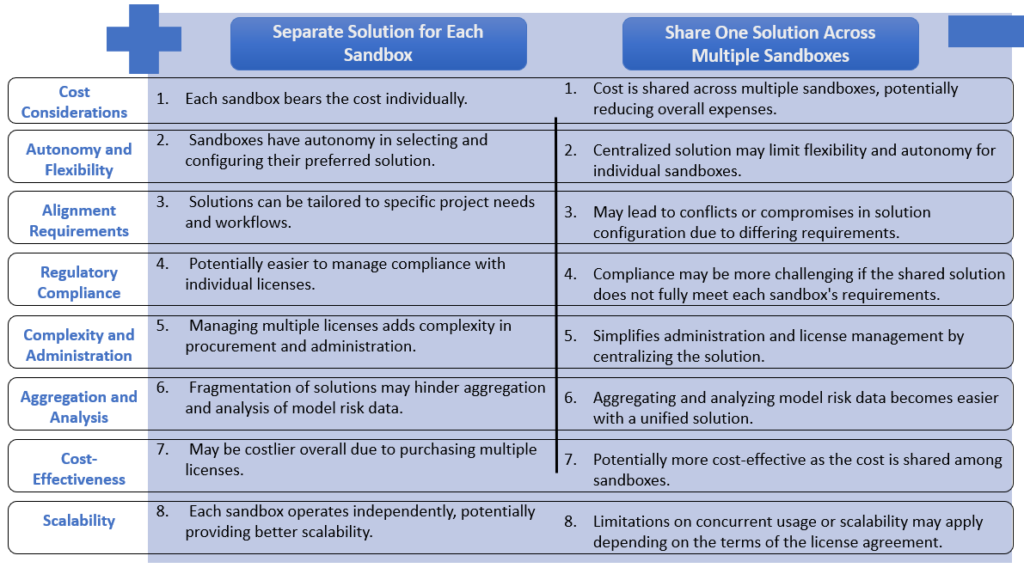In the dynamic realm of Machine Learning Operations (MLOps), the ability to innovate swiftly while ensuring robust governance is essential for organizations striving to stay ahead in today’s competitive landscape. Central to this endeavor is the creation of sandbox environments tailored for MLOps workflows, where teams can collaborate, experiment, and iterate on machine learning models without compromising production systems. However, striking a harmonious balance between customization for innovation and standardization for governance is crucial for building efficient MLOps sandboxes.
Customization: Fueling Innovation
At the core of MLOps sandboxes lies the power of customization, enabling teams to craft environments that meet the unique needs of their projects. Customization empowers data scientists, machine learning engineers, and DevOps teams to explore diverse toolsets, methodologies, and frameworks. Whether it’s fine-tuning natural language processing algorithms or optimizing computer vision applications, tailored sandboxes foster a culture of innovation and drive breakthroughs in model development.
Furthermore, customization ensures that each team within an organization has the necessary resources to excel in their domain. By accommodating specific requirements and preferences, custom sandboxes empower teams to experiment freely and leverage cutting-edge techniques to solve complex problems.
Standardization: Ensuring Efficiency and Consistency
While customization encourages innovation, excessive fragmentation can lead to inefficiencies and complexity. Standardization serves as the cornerstone for ensuring efficiency, reliability, and manageability across MLOps sandboxes. By establishing common practices, toolsets, and configurations, organizations streamline resource utilization, reduce maintenance overhead, and promote interoperability between different teams and projects.
Standardization also fosters collaboration and knowledge sharing within organizations. When teams operate within a standardized environment, it becomes easier to onboard new members, transfer knowledge, and maintain documentation and best practices consistently.
Striking the Balance: Best Practices for MLOps Sandboxes
To build effective MLOps sandboxes, organizations must adopt best practices that strike a delicate balance between customization and standardization:
– Needs Assessment: Understand the unique requirements and objectives of each project or team to determine the appropriate level of customization needed in their sandbox environment.
– Tool Selection: Choose modular and interoperable tools that can be seamlessly integrated into sandbox environments while minimizing dependencies and conflicts.
– Version Control and Configuration Management: Implement robust version control and configuration management practices to ensure consistency and reproducibility across sandboxes.
– Documentation and Training: Provide comprehensive documentation and training resources to users of sandbox environments, facilitating effective utilization of tools and workflows.
– Monitoring and Governance: Implement monitoring and governance mechanisms to track resource utilization, enforce security policies, and ensure compliance with organizational standards.
By adhering to these best practices, organizations can build MLOps sandboxes that strike the perfect balance between customization and standardization, enabling teams to innovate rapidly while maintaining efficiency and consistency across projects and teams.
Use Case: Implementing Model Risk Governance Solution Across Multiple Sandboxes
Background:
A multinational financial institution operates multiple sandbox environments for different business units, including retail banking, investment banking, and wealth management. Each sandbox is responsible for developing and deploying machine learning models to support various functions such as credit scoring, fraud detection, and portfolio optimization. As the use of machine learning models becomes increasingly pervasive across the organization, there is a growing need for robust model risk governance to mitigate potential risks and ensure compliance with regulatory requirements.
Problem Statement:
The existing approach to model risk governance is fragmented, with each sandbox implementing its own ad-hoc processes and tools for model validation, monitoring, and documentation. This decentralized approach leads to inconsistencies, lack of transparency, and difficulties in aggregating and analyzing model risk data across sandboxes. The organization seeks a centralized solution to streamline model risk governance while maintaining flexibility to accommodate the diverse requirements of individual sandboxes.
Proposed Solution:
To address the challenge, the organization decides to implement a centralized model risk governance solution that can be shared across all sandboxes. The solution integrates seamlessly with existing MLOps workflows and provides a unified platform for assessing, monitoring, and mitigating model risks. Here’s how the solution would be implemented across the three sandboxes:
Retail Banking Sandbox:
– Comprehensive model validation, including data quality checks and performance evaluation.
– Workflow automation for streamlined validation processes and compliance documentation.
Investment Banking Sandbox:
– Scenario analysis and stress testing for assessing portfolio performance and market risk.
– Advanced analytics for quantifying model risks and establishing risk limits.
Wealth Management Sandbox:
– Real-time monitoring of model performance and detection of drift or degradation.
– Dashboard and reporting features for tracking key risk indicators and communicating risk assessments.
Benefits:
– Centralized governance ensures consistency, transparency, and accountability in managing model risks.
– Holistic risk assessment provides a comprehensive view of model risks across different business units.
– Efficiency and compliance are achieved through reduced duplication of efforts and adherence to regulatory requirements.
– Risk-informed decision making empowers stakeholders to make informed decisions based on timely insights into model risks and potential impacts on business outcomes.
Additional Tips:
Which option is preferable: obtaining separate solution licenses for each sandbox or sharing one solution license across multiple sandboxes?

Join the conversation: How is your organization balancing innovation and risk management in MLOps? Share your thoughts and experiences in the comments below!


2 responses to “Building Efficient MLOps Sandboxes”
An impressive share! I have just forwarded
this onto a friend who was conducting a little
research on this. And he actually ordered me dinner
because I stumbled upon it for him… lol. So let me reword
this…. Thank YOU for the meal!! But yeah, thanks for spending some time to talk about this topic here on your blog.
Reading your work felt like discovering a new language — one that speaks directly to the heart while still offering intellectual depth.